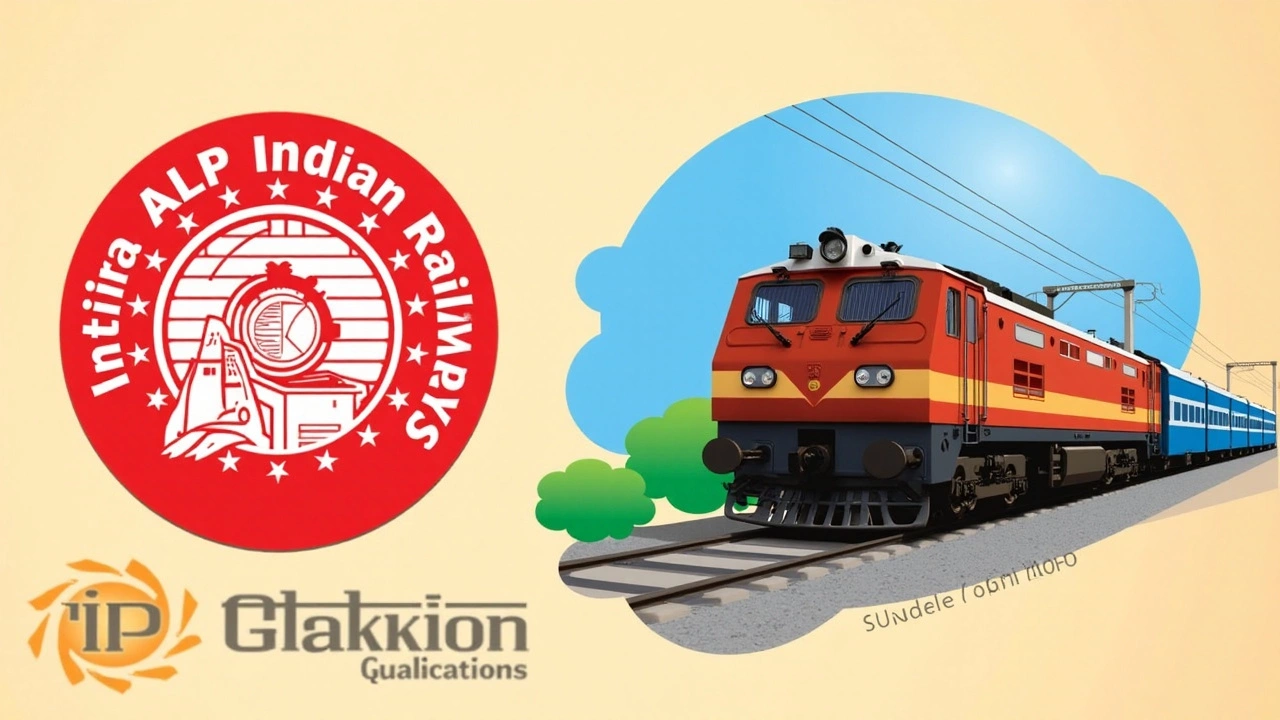Loco Pilot Call Letter: What It Is and Why It Matters
If you’re eyeing a job as a loco pilot in Indian Railways, the call letter is the first real step after you clear the written exam. It’s the official invitation that tells you when and where to appear for the interview, medical test, or training. Missing it means missing out, so treating it like a legal document is a must.
Most candidates treat the call letter like a piece of paper and forget to read the fine print. In reality, it contains the exact date, time, venue, and the documents you must bring. Ignoring any detail can lead to a rejection without a second chance. That’s why we break down the call letter into simple, actionable steps.
How to Write a Call Letter (If You Need to Draft One)
Sometimes, a railway office may ask you to draft a formal request or a reply to a call letter. Here’s a quick template you can copy-paste:
To,
The Officer-in-Charge,
[Department Name],
[Railway Zone],
[City]
Subject: Request for Confirmation of Interview Schedule – Loco Pilot Recruitment
Respected Sir/Madam,
I, [Your Full Name], a candidate of the Loco Pilot examination (Roll No: XXXXX), hereby acknowledge the receipt of the call letter dated [Date]. I confirm my availability for the interview on [Date] at [Time] as mentioned. I will bring all required documents listed in the letter.
Thank you for the opportunity.
Sincerely,
[Your Signature]
[Your Contact Number]
[Email ID]
Keep the tone polite, use formal language, and double‑check every name and date. The railway department values precision, so a clean, error‑free letter makes a good impression.
Common Mistakes to Avoid
1. Ignoring the deadline. The call letter will mention a last date for confirming attendance. Treat it like a job offer deadline – if you miss it, your slot disappears.
2. Not carrying the right documents. Typical documents include your admit card, educational certificates, ID proof, passport‑size photos, and any medical reports. Missing even one can delay the whole process.
3. Arriving late or early. Show up at the exact time mentioned. Arriving too early may mean you’re turned away, and being late could disqualify you.
4. Forgetting to read the venue details. Railway campuses are huge. The call letter will specify a building or block. Use Google Maps or ask locals to avoid wandering around.
5. Using informal language in any communication. Even a simple email reply should be formal and free of slang.
By keeping these points in mind, you turn a simple call letter into a smooth onboarding step rather than a hurdle.
Need more help? Our site regularly updates with the latest news on railway recruitment, exam tips, and success stories from candidates who cleared the process. Check out the recent posts below for real‑world advice and the newest call letters released by Indian Railways.
